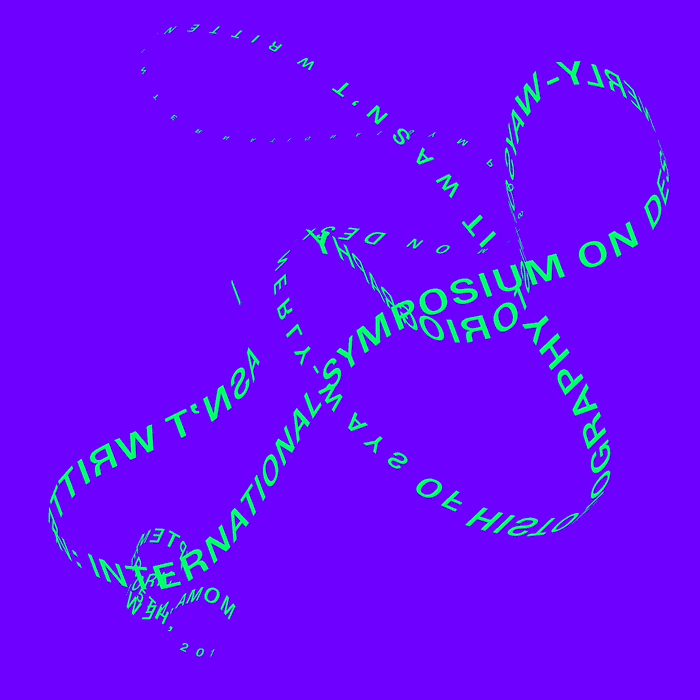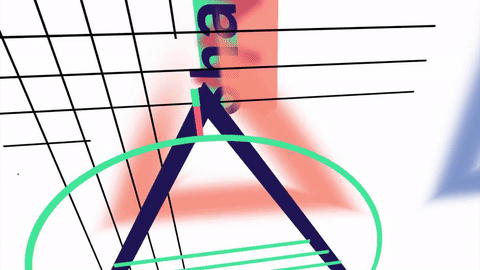For the past few years, virtual reality has been billed as the next big frontier—the medium that will transform every industry from gaming to content marketing. And in some ways, that’s true, but change has been slower than anticipated, and there’s evidence that the VR gaming market is lagging.
But while the hype around VR gaming might be waning, there’s still a great deal of interest in what VR offers elsewhere. Designers and artists are beginning to recognize VR’s potential, incorporating it into their work, challenging what consumers anticipate from simulated environments. And viewers are beginning to appreciate that virtual reality is more than just a marketing buzzword, more than a content platform that you need a fancy headset to access.
Here are a few of the ways artists are using simulated environments to change the design world.
XR: Beyond Virtual Reality
With new technology comes new terminology: Extended reality (XR) is the term du jour. XR is a bucket term for next-level digital content experiences encompassing virtual reality (VR), augmented reality (AR), and mixed reality (MR). There are slight but important distinctions for each. VR is the complete simulation of an environment, AR is the superimposition of digital objects in real-world settings, and MR is the integration of real and virtual worlds where physical and digital objects can interact.
Open-Source Experimentation
In platforms like Poly, Google’s digital library of 3D clip-art, and programs like Spark AR, designers have a growing number of opportunities to experiment and to put their work in front of users. In August, Spark AR became available for all Instagram users to customize face filters on the platform.
The benefit of engaging with Poly or Spark AR creations is that they are social and shareable by nature—and have a great capacity for virality. Take, for example, Johanna Jaskowska’s Beauty3000 face filter, which took Instagram by storm in late 2018. She created this filter while Spark AR was still in beta, but it became so popular with her followers—and her followers’ followers—that she’s credited with starting the trend of trippy psychedelic antibeauty filters. A year later, the trend is still going strong.
Extended Reality Graphics
The potential for XR in graphics is also endless, proven by designers like Zach Lieberman and Molmol Kuo. They collaborated on a Weird Type app, which turns anything you type into a 3D object. Another designer, Xavier Monney, did recent work for Burberry and Nike involving 3D motion type.
Design studio Dia also works in a similar space, creating what they refer to as kinetic identities. These are visual identities that are utterly eye-catching and maximally entertaining in an oversaturated visual market, and they are often interactive and responsive to the user. Their list of high-profile clients includes Apple, Nike, and Squarespace.

Dia’s kinetic identity It Wasn’t Written, an event at MoMA, in Sept. 2018.
Source: https://ello.co/dia/post/k42wvc030ys4ldpkrob1ka
Graphic Experiments with Headsets
Move over, “Beat Saber.” Evidence is mounting for the case that VR gaming won’t reach the heights that were expected a few years ago, but all hope is not lost for VR headsets.
Graphic experiments have made their way onto these headsets, to much success. In their short VR experience “Singularity,” the graphic design duo Relajaelcoco send viewers on a journey through colorful, graphic shapes and type.

“Singularity,” a motion graphic VR experience, designed by Relajaelcoco.
Source: Oculus / Shutterstock
Intended to represent “how a superhuman intelligence would rapidly evolve to make sense of the world around it,” the experience highlights how one might go about designing for an XR reality, and how much there is to learn about simulated design.
The Future of Extended Reality
These XR technologies have the capacity to deepen our understanding of the world, and even our relationship to it—but that involves stepping outside of the paradigm that XR is reserved for gaming on exclusive headsets.
Just how far these emerging technologies will take design is yet to be fully determined, but the increasing experimentation of artists and designers proves that these technologies will continue to find unexpected places in our lives, between the entertaining and the practical.



